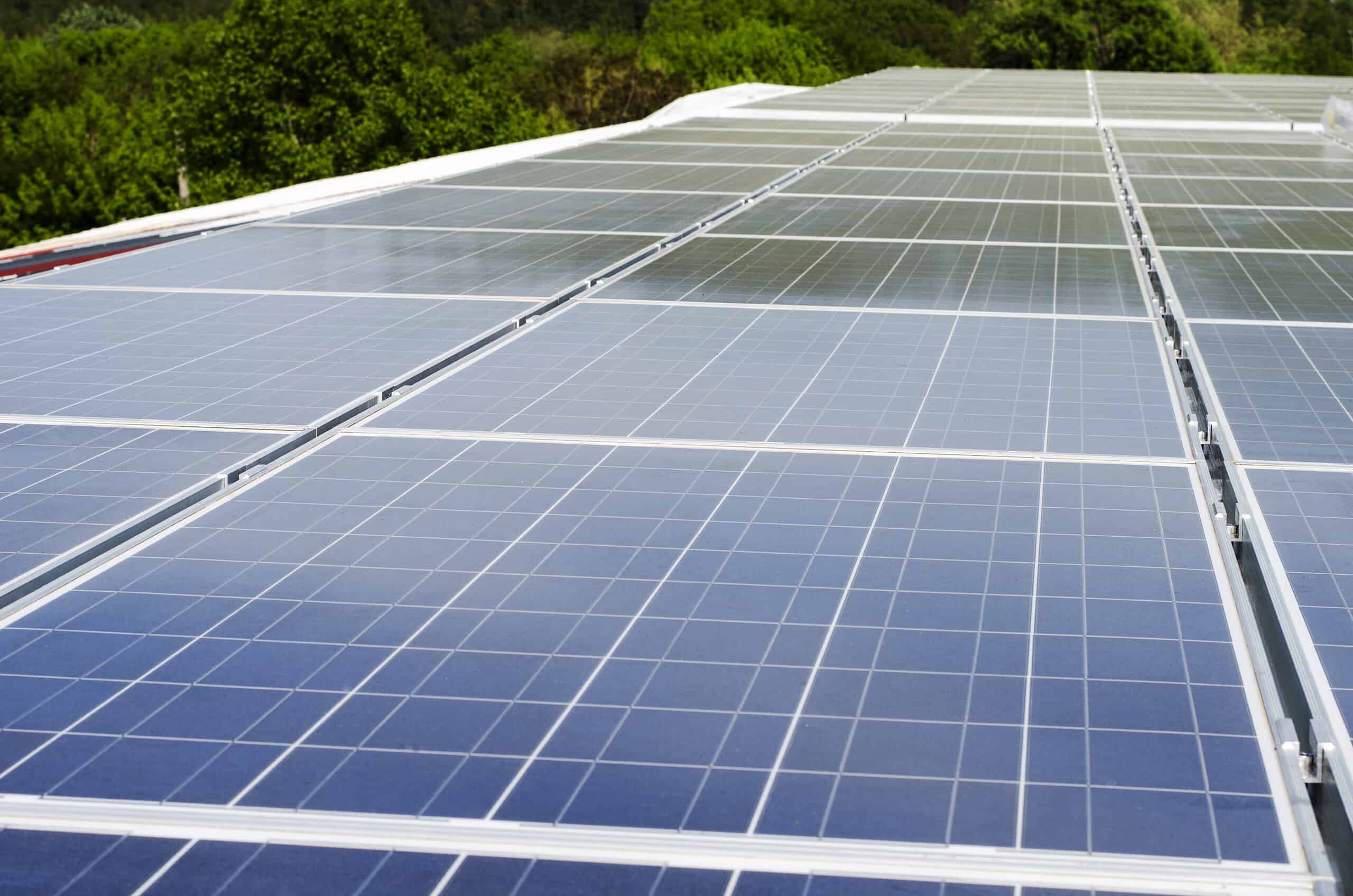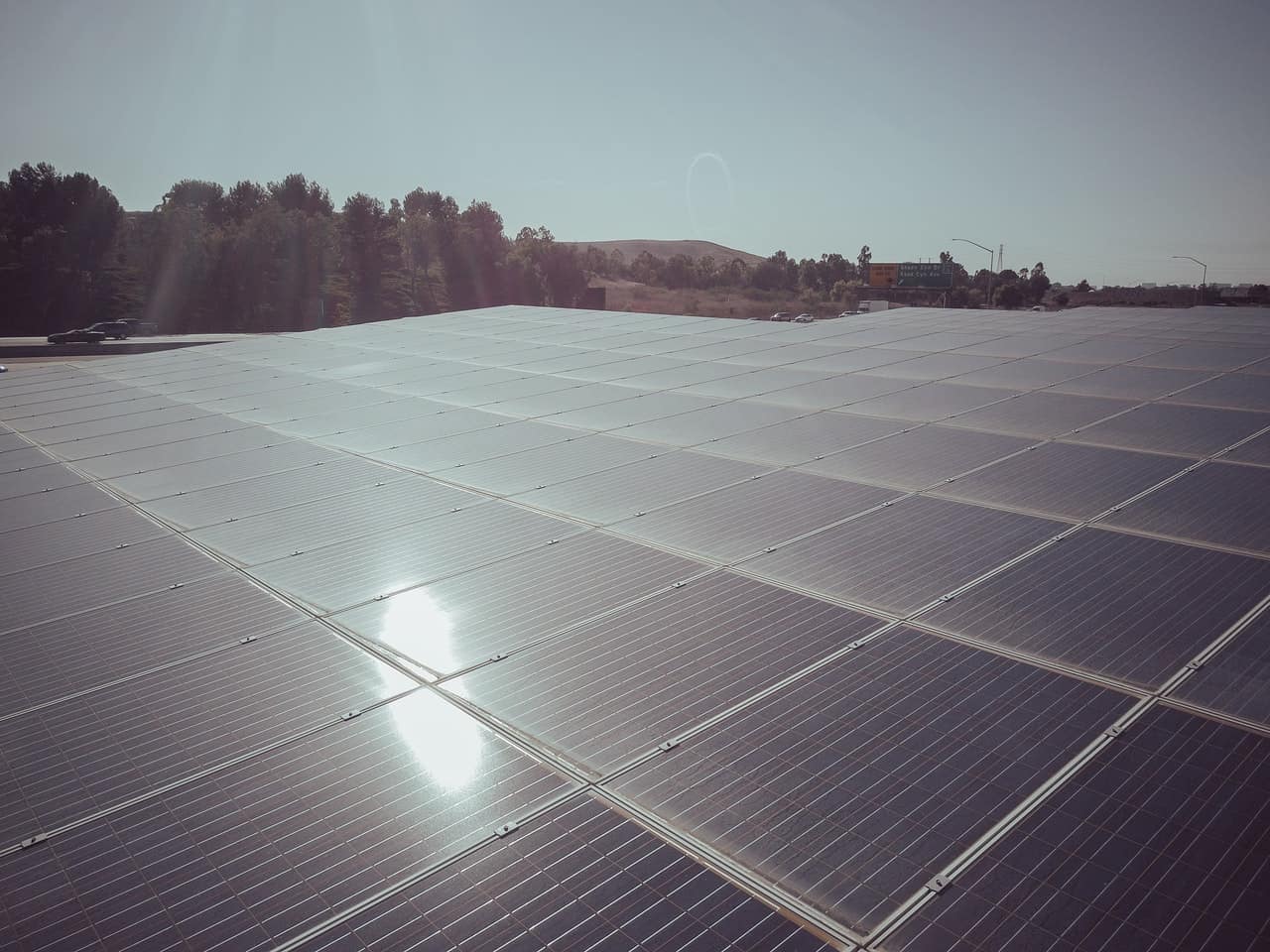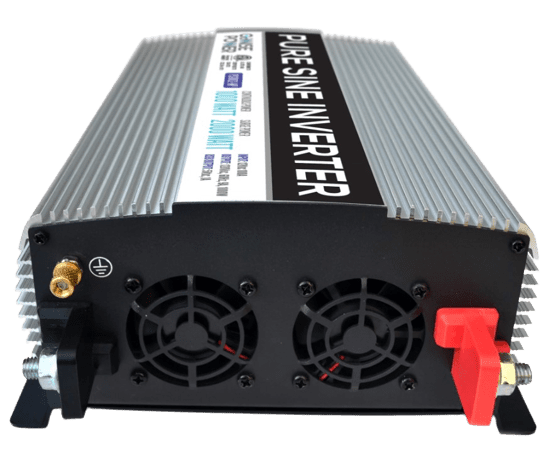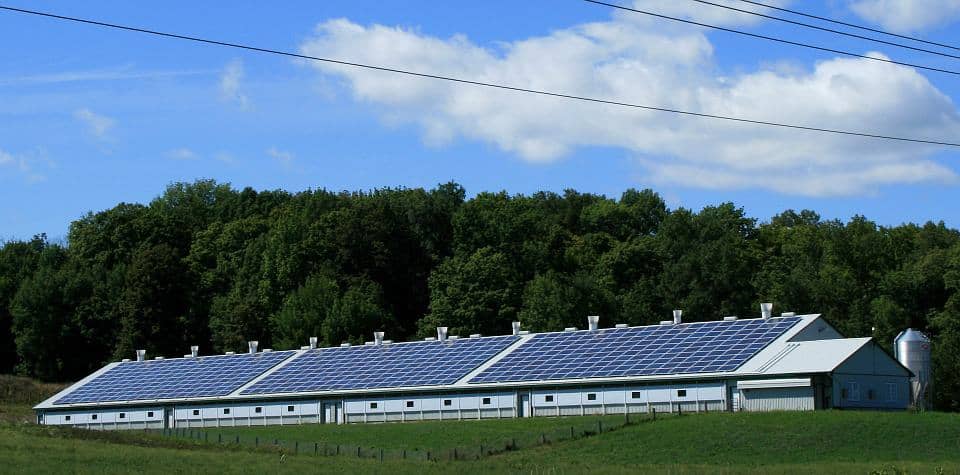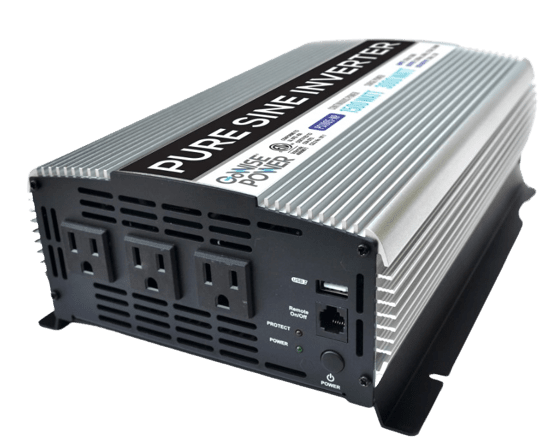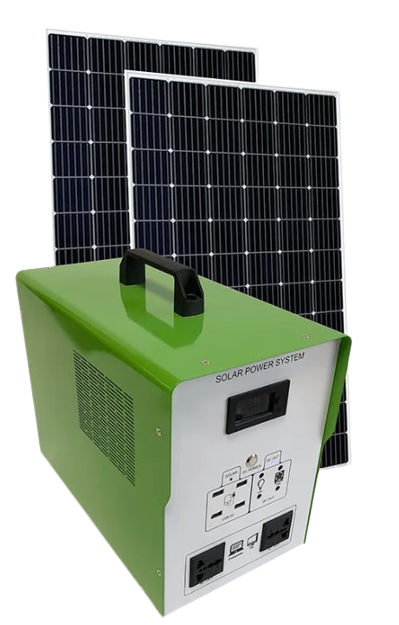Monocrystalline and polycrystalline panels are the most common types of solar panels. They take up a lot of space but can provide power without you having to depend on the grid as much. This allows you to save money in the long run, and be more sustainable.
However, on the surface, there isn’t a lot of difference between the two main types of panels, and you may find yourself confused about why the price difference is so much. While on the surface they look fairly similar, there are some key differences between them.
What Are Polycrystalline Panels?
Polycrystalline panels are panels made up of silicon and designed to gather light from the sun and convert it to usable energy for homes and devices. On the surface, they work similarly to other solar panels.
You place them in a sunny area, usually on the roof of your home facing south, and connect them to your home’s power with wiring and other machinery.
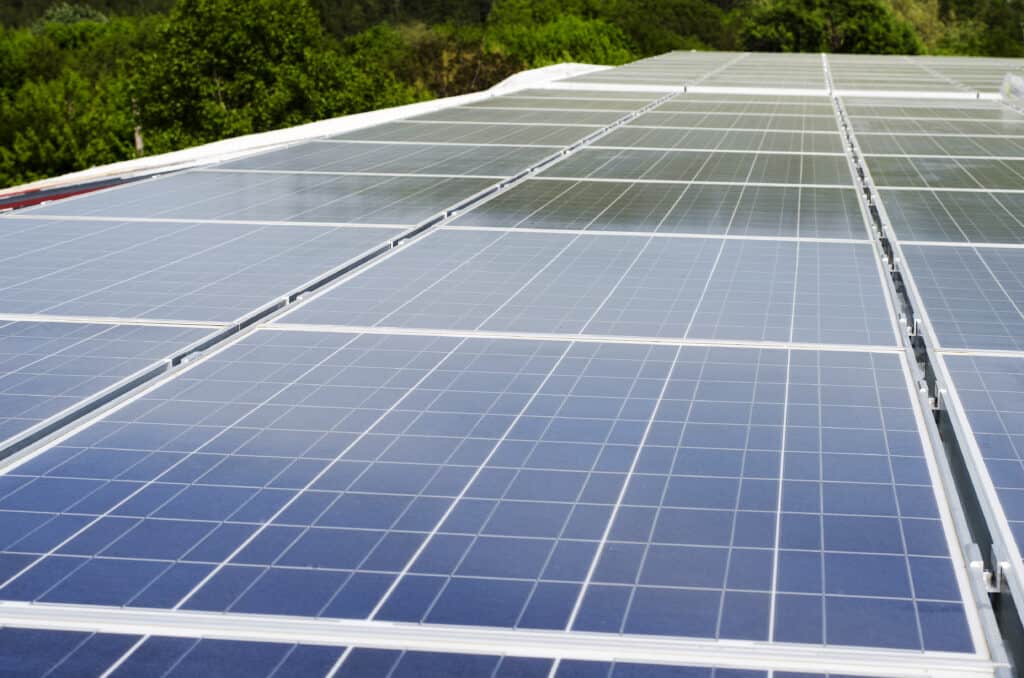
This means that on the surface, they may all seem the same with some price differences. However, there are differences underneath the surface that make all panels a little different.
Even silicon panels like monocrystalline and polycrystalline panels have some differences that make their efficiency, price, and usefulness a little different.
What Makes Them Different?
So what makes polycrystalline panels different? There are a few different reasons, but all of them are based upon one main difference. The main difference between them and other silicon models is the silicon used.
Monocrystalline panels are made from silicon specifically grown to be used in panels. These silicon logs are then cut into octagons, which are then placed on the panel. They are more efficient but create a lot of waste.
Polycrystalline panels, on the other hand, are made from scraps and bits of silicon. The fragments of silicon are melted down and pressed together. This lack of one large silicon cell causes the color to be a bit more blue than the usual black monocrystalline panels.
They are also a little less efficient, and much cheaper. For those looking to be as sustainable as possible, they are also a great option. Since they are using fragments of silicon, they are actually taking a lot of waste and reusing it.
This means that, to get the same amount of power, you will often need more panels. Cost-wise this is often okay, and polycrystalline panels can often be cheaper. However, that can take up a lot of space that people don’t necessarily have.
How Are They Made?
Like monocrystalline panels, polycrystalline panels are made from silicon. However, they don’t get created from one single piece of silicon, but a variety of many different pieces. A mix of fragments of silicon is melted together to create the cells.
Since there isn’t one solid piece of silicon, there is less space for electrons to move around, which means less energy is produced. This is why polycrystalline panels are less efficient than their monocrystalline counterparts.
Because the silicon is pressed together, they are more square in shape. This can also result in a lower efficiency as there are a few gaps between cells, though not much.
Pros and Cons
Pros
- Much cheaper, as much as half a cent per watt
- Last as long as other solar panels
- More eco-friendly and sustainable
- Can still be used with normal solar panel systems

Cons
- Less efficient
- Doesn’t do well in high heat
- Doesn’t work well in partial shade or cloudy days
Should I Get Polycrystalline Panels?
While monocrystalline panels sound better, and are better in some ways, that doesn’t mean that you should automatically assume that it isn’t worth getting polycrystalline panels. The high cost of monocrystalline panels makes them not an affordable approach or practical for everyone.
Or, they may not need enough power that it is worth purchasing monocrystalline panels.
If you have a lot of space, don’t have a lot of money, or don’t need a large amount of power, then it may be a better idea to look at polycrystalline panels. They can save you money and you can still get reduced dependency on the grid.
Since polycrystalline panels tend to heat up quickly, it is often a good idea to use them in places where it is still sunny, but not too hot.
One thing to note is that while you can upgrade from polycrystalline to monocrystalline panels down the line, it isn’t always a good idea to mix them. There are different wattages and different wiring, and while they can be mixed, it is difficult.
If you do insist on mixing the two different kinds of panels, it may be best to hire a professional. They can make sure all factors are considered and that nothing is overlooked or dangerous.
Citation
- Marsh, J. (2023, January 9). Monocrystalline vs. Polycrystalline Solar Panels: Energysage. EnergySage Blog. Retrieved February 8, 2023, from https://news.energysage.com/monocrystalline-vs-polycrystalline-solar/
